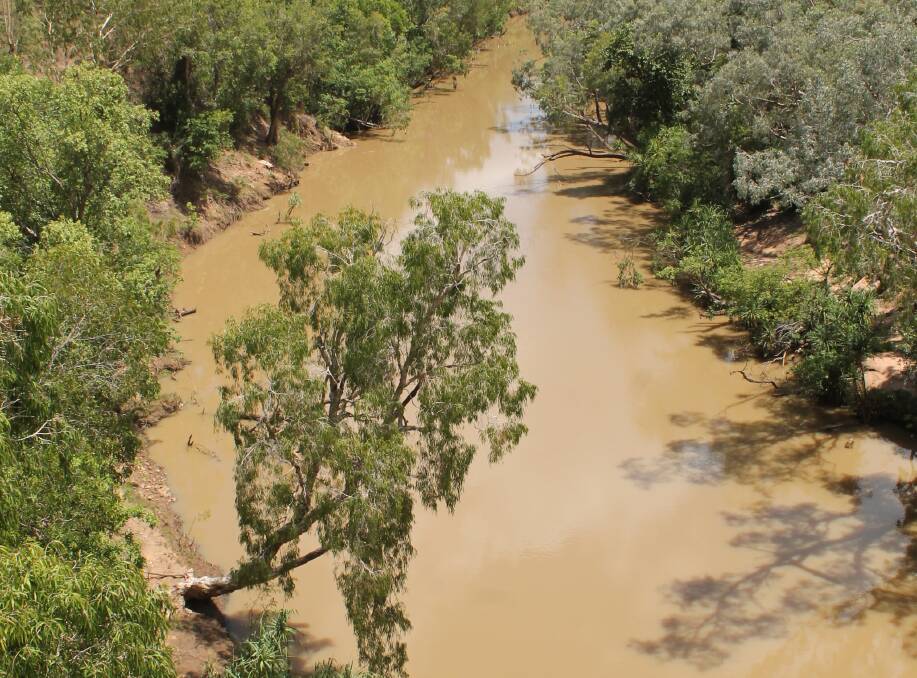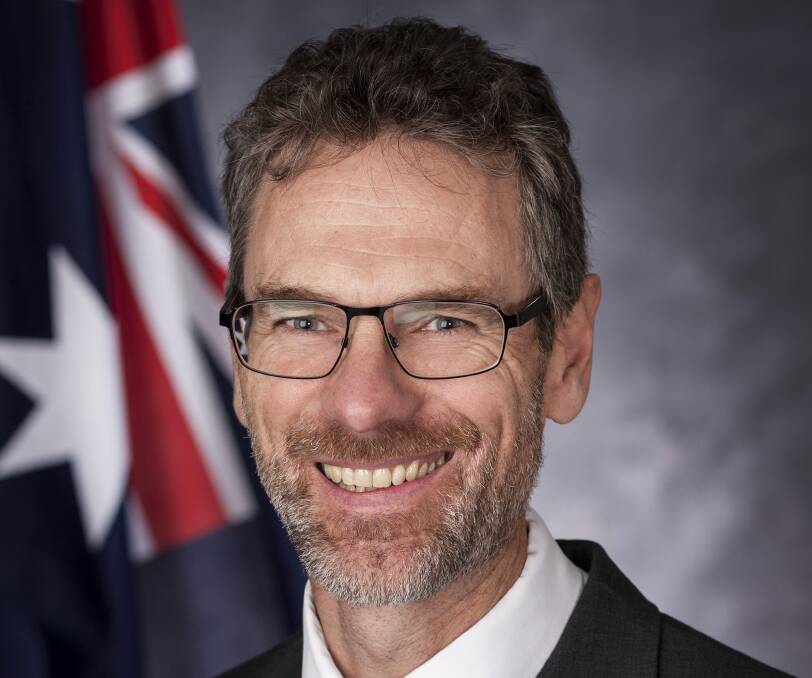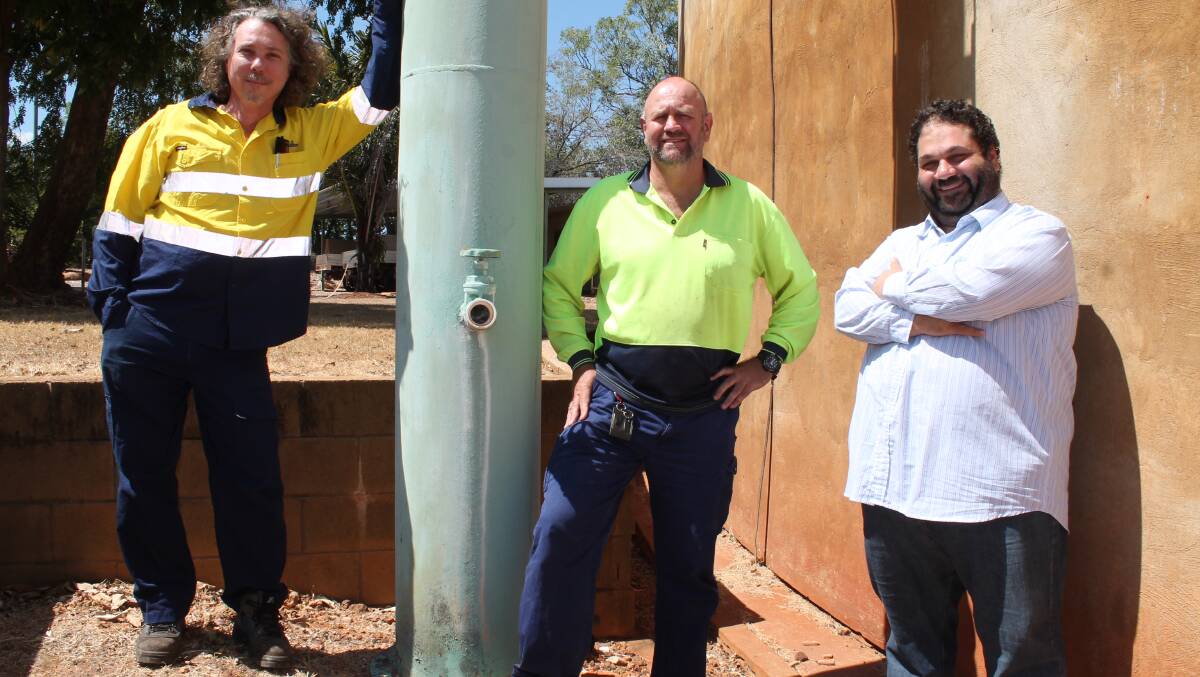
Katherine’s new water treatment plant still has not been ordered.
Subscribe now for unlimited access.
or signup to continue reading
The NT Government says a new plant capable of cleaning contamination out of all the town’s water is the solution to the town’s ongoing PFAS crisis.
But the Department of Defence has to agree, because it will be paying for it.
The longer it takes for Defence to agree with Power and Water Corporation, the longer Katherine has to stay on water restrictions.
Early speculation from Katherine MLA Sandra Nelson the permanent fix would take six months has already been dismissed as unfounded.
Power and Water’s own estimate of two years is also suffering because of the continued delays.
Many Katherine residents believe a permanent water fix for the town would go a long way to reassuring people about Katherine’s future.
Many also believe the permanent water fix and the end of restrictions would lead to a rebound in property prices.
Defence’s lead spokesman Steve Grzeskowiak revealed during a community briefing in Katherine late last month he would be talking with Power and Water about Katherine’s plant on Tuesday, June 19.

“Representatives from Defence and Power and Water Corporation met on Tuesday, June 19 in Darwin to discuss the long-term water supply strategy, including identifying ongoing support Defence may provide,” a Defence media spokesman agreed.
“Questions about contractual arrangements for a new plant should be directed to Power and Water Corporation,” the spokesman said.
“Power and Water’s negotiations are progressing well with Defence and we are jointly working towards having a water treatment solution in place for the residents of Katherine as soon as is reasonably practicable,” a Power and Water spokeswoman said.
“Power and Water remains committed to providing residents with updated information as soon as it becomes available.”
No timelines has been provided by either Defence or Power and Water on when the new plant can be expected.
Defence paid for an emergency plant for Katherine late last year which only removes PFAS from one megalitre per day.
Authorities say a bigger plant capable to cleaning 10 megalitres a day is needed to removed the need for restrictions.
An added complication is that Defence needs the same type of units, sourced from the US, to stop the continued leaks from the Tindal RAAF Base.
Mr Grzeskowiak told Katherine Times he wants at least one unit in place cleaning water at Tindal by the end of this year.
Meanwhile water authorities are relying on the continued co-operation of Katherine residents to tackle PFAS contamination issues.
Without continued water restrictions, the town risks running out of safe drinking water.

“We ask them to be patient,” senior water and waste water engineer Skefos Tsoukalis said in May.
Mr Tsoukalis said engineers had now decided a treatment plant 10 times the size of the emergency plant now operating in Katherine was needed.
The restrictions were introduced last August as an emergency measure after PFAS chemicals used in fire fighting foams at the Tindal RAAF Base were discovered to have leaked into the town’s water.
Katherine, home of the big rivers, was the first Australian town to be on water restrictions because of chemical contamination.
The two bores which supplemented supplies from the Katherine River to provide the town’s drinking water remain too contaminated to use.
Power and Water and the Department of Defence are still trying to find a permanent fix for the town’s water, which could take more than two years.
Although there is no law to make people adhere to the restrictions, their voluntary actions helped save the town from running out of clean water last year.
Officials say the town’s drinking water remains safe to use.


